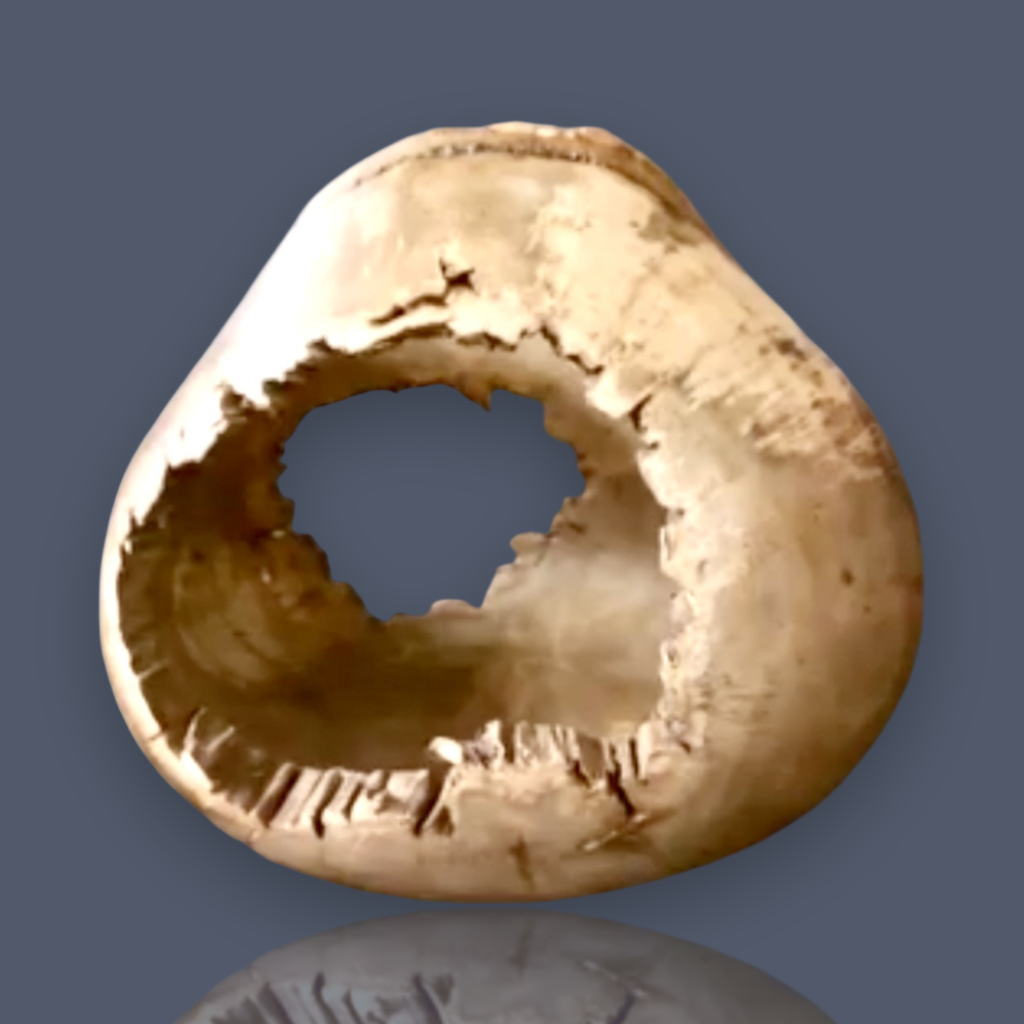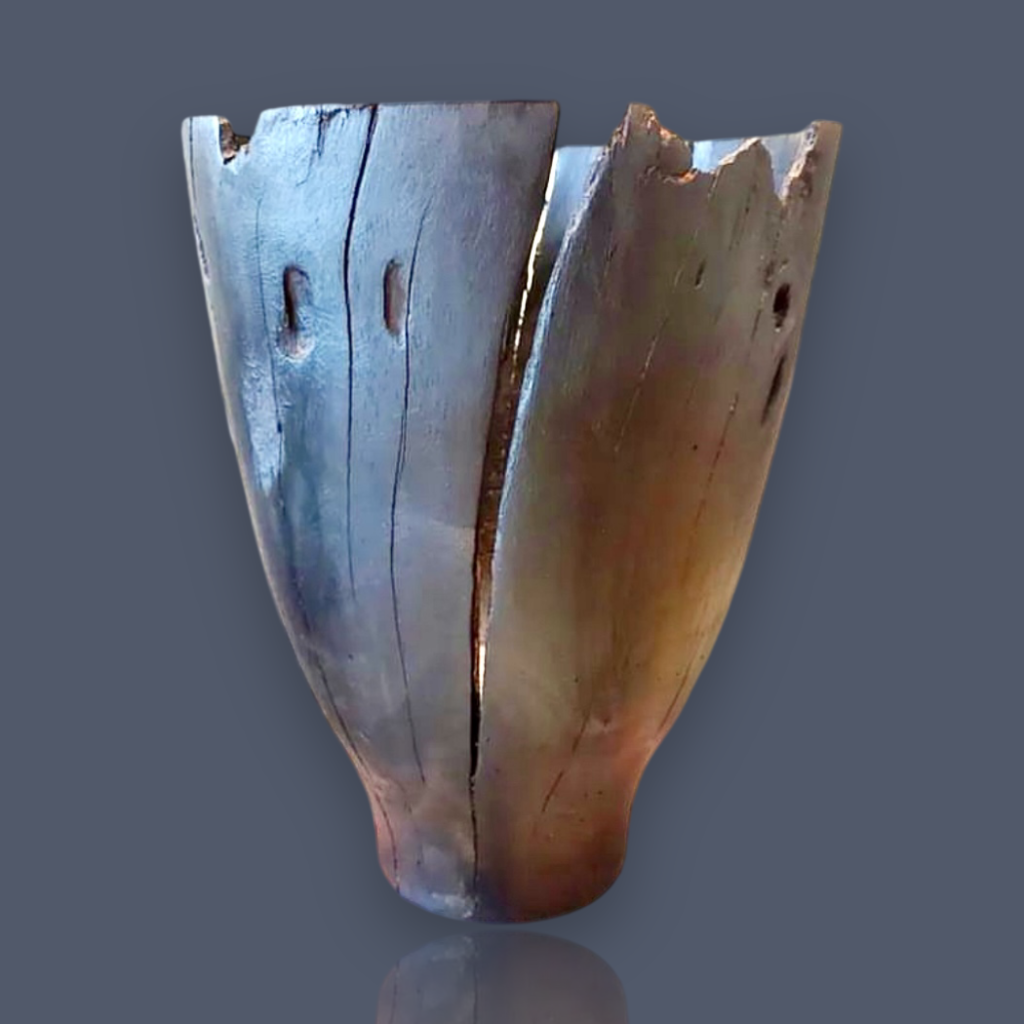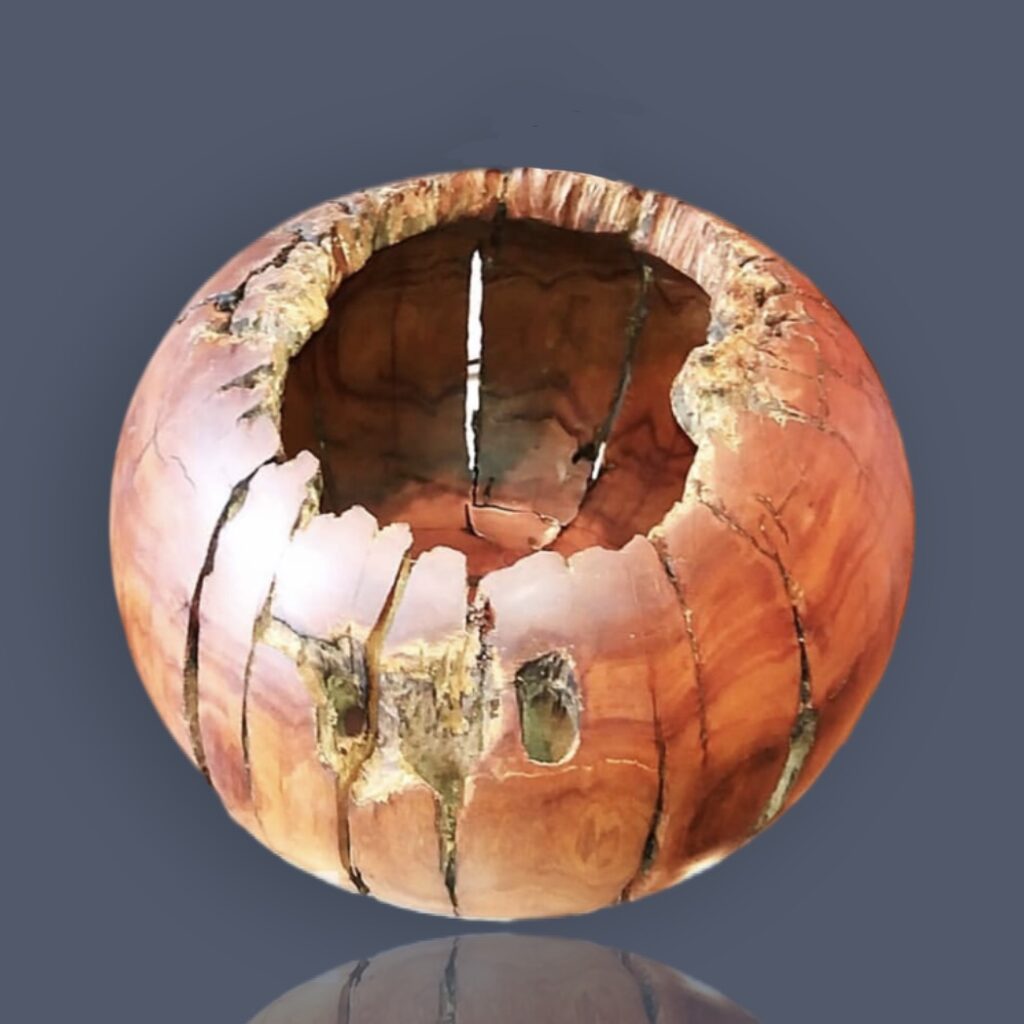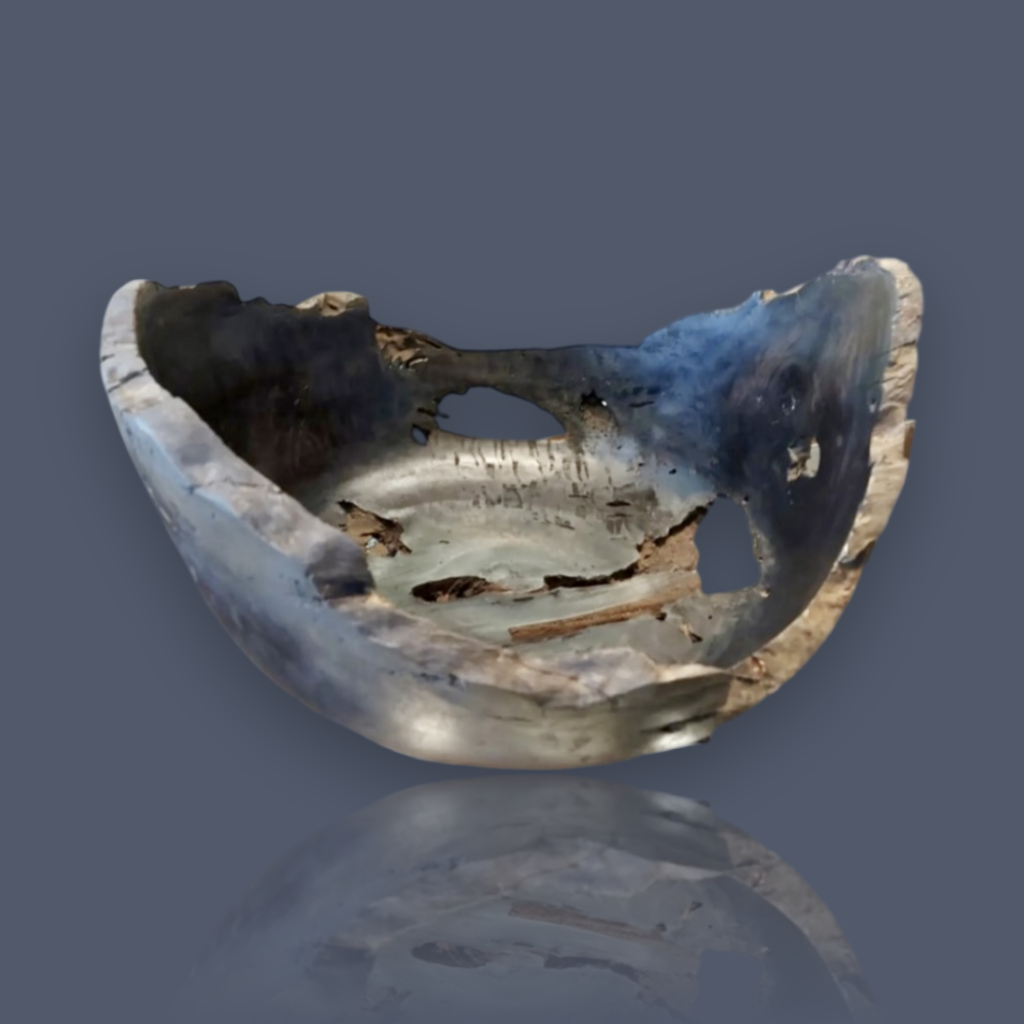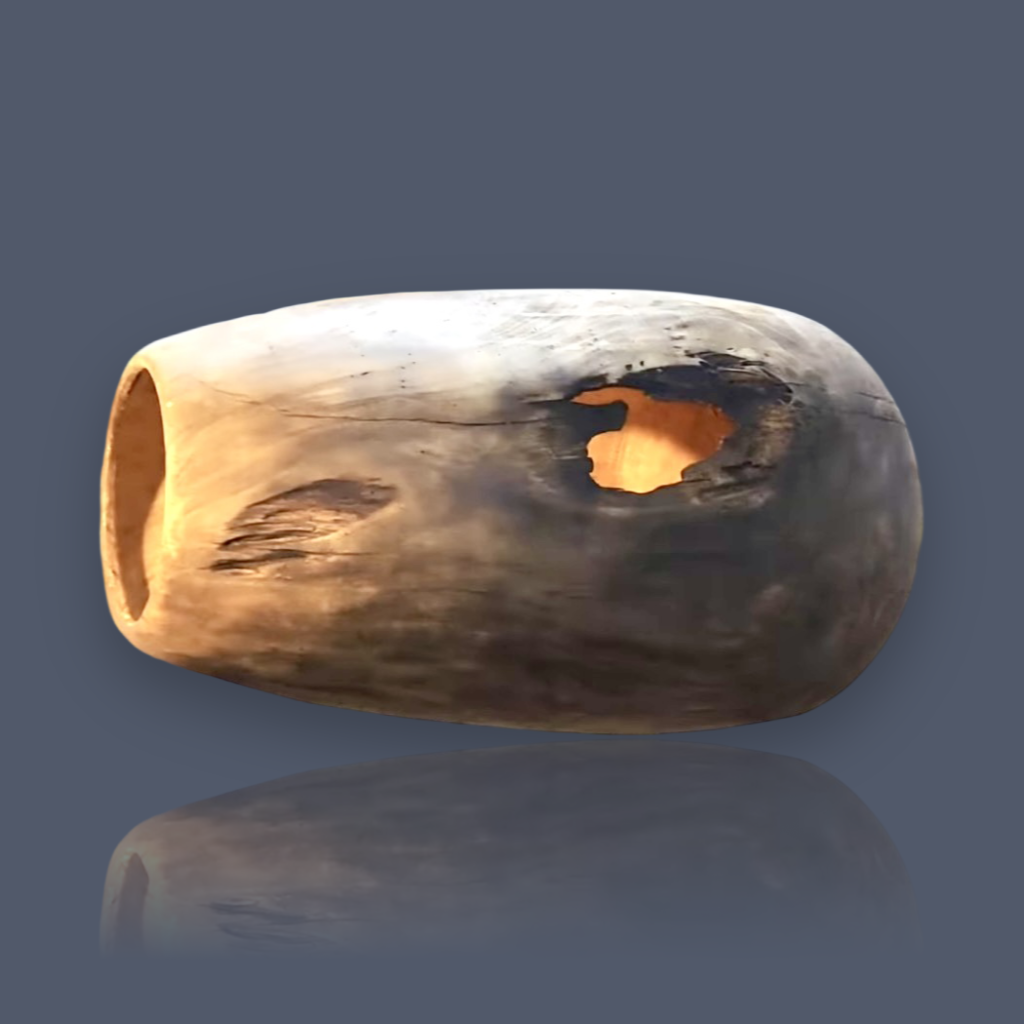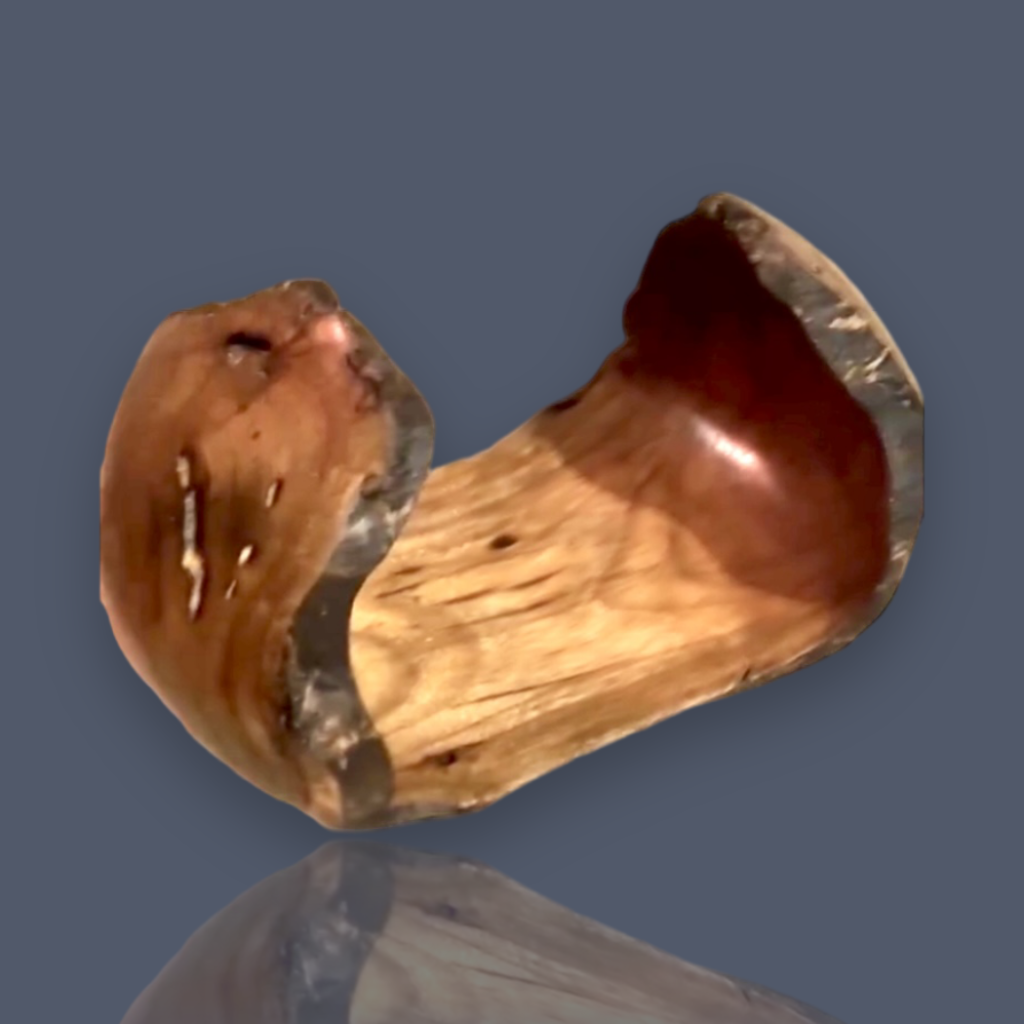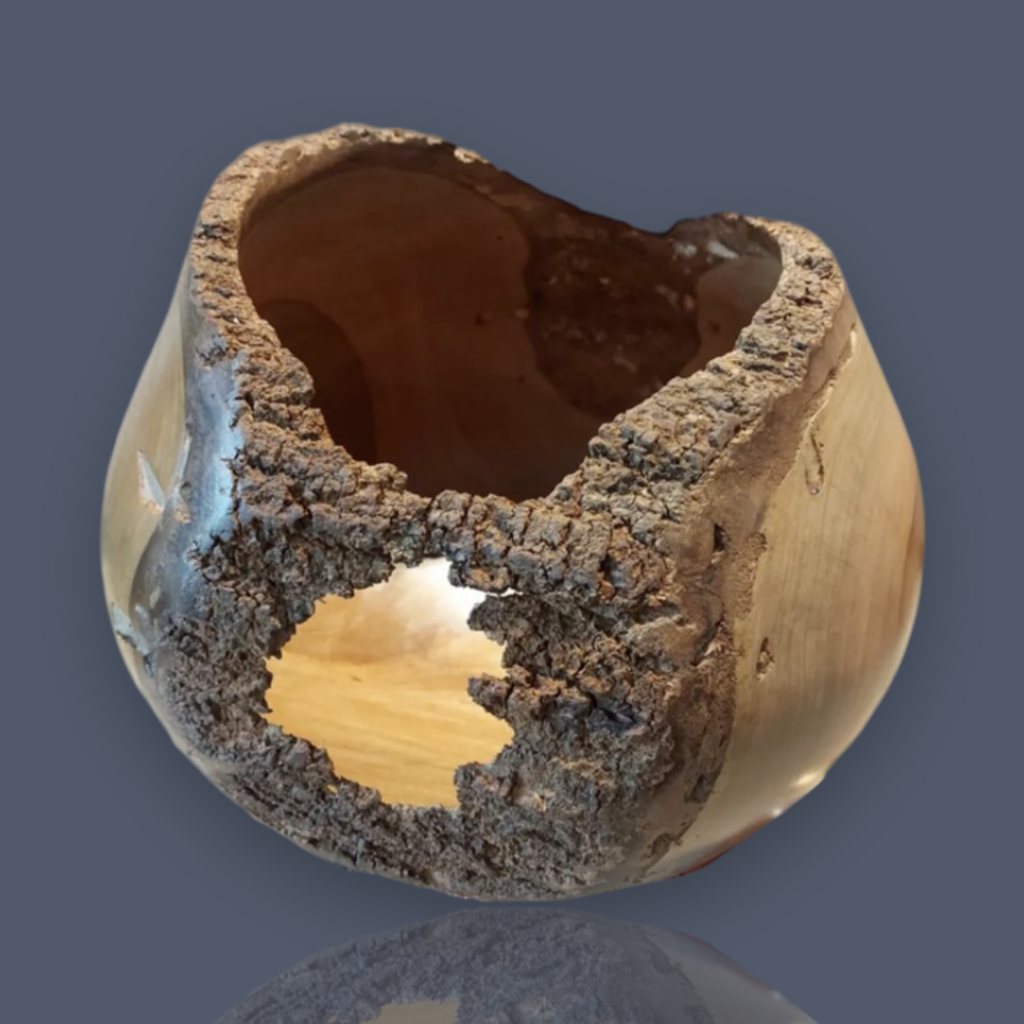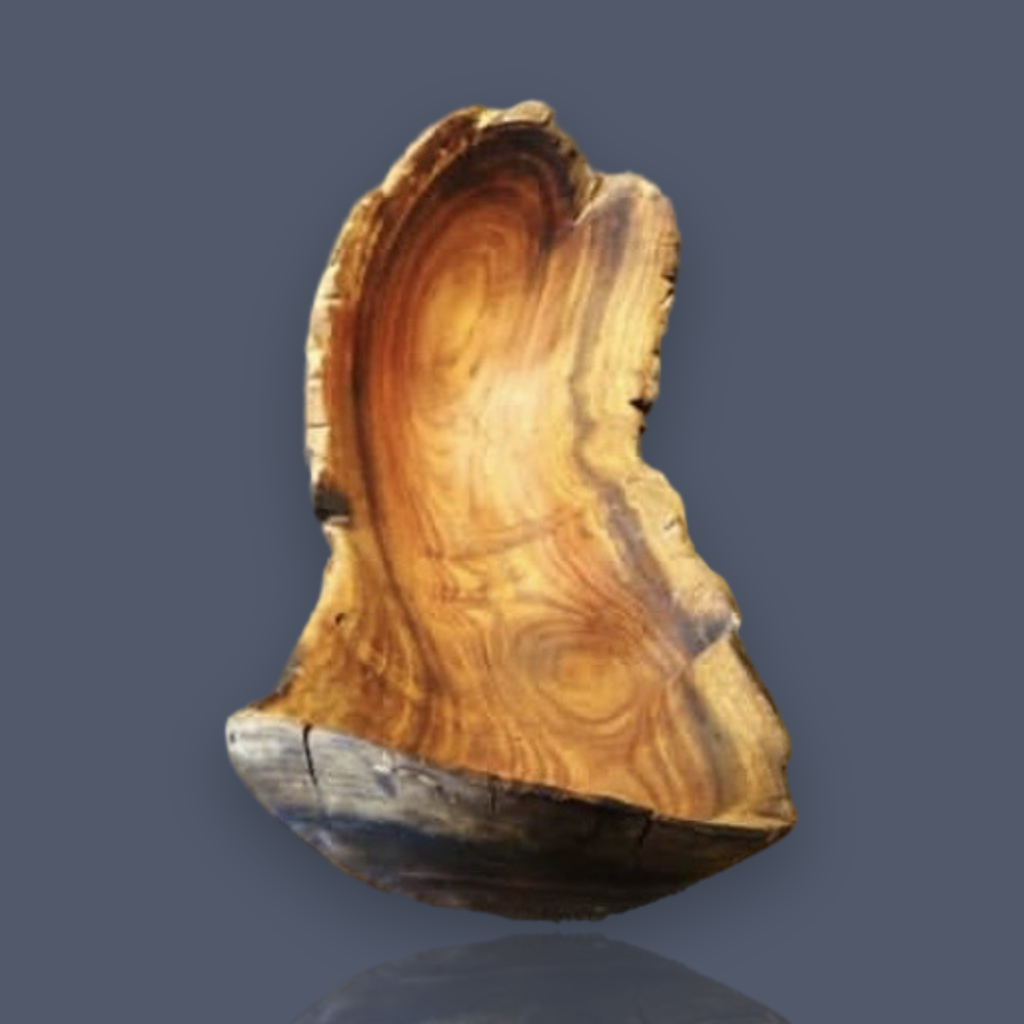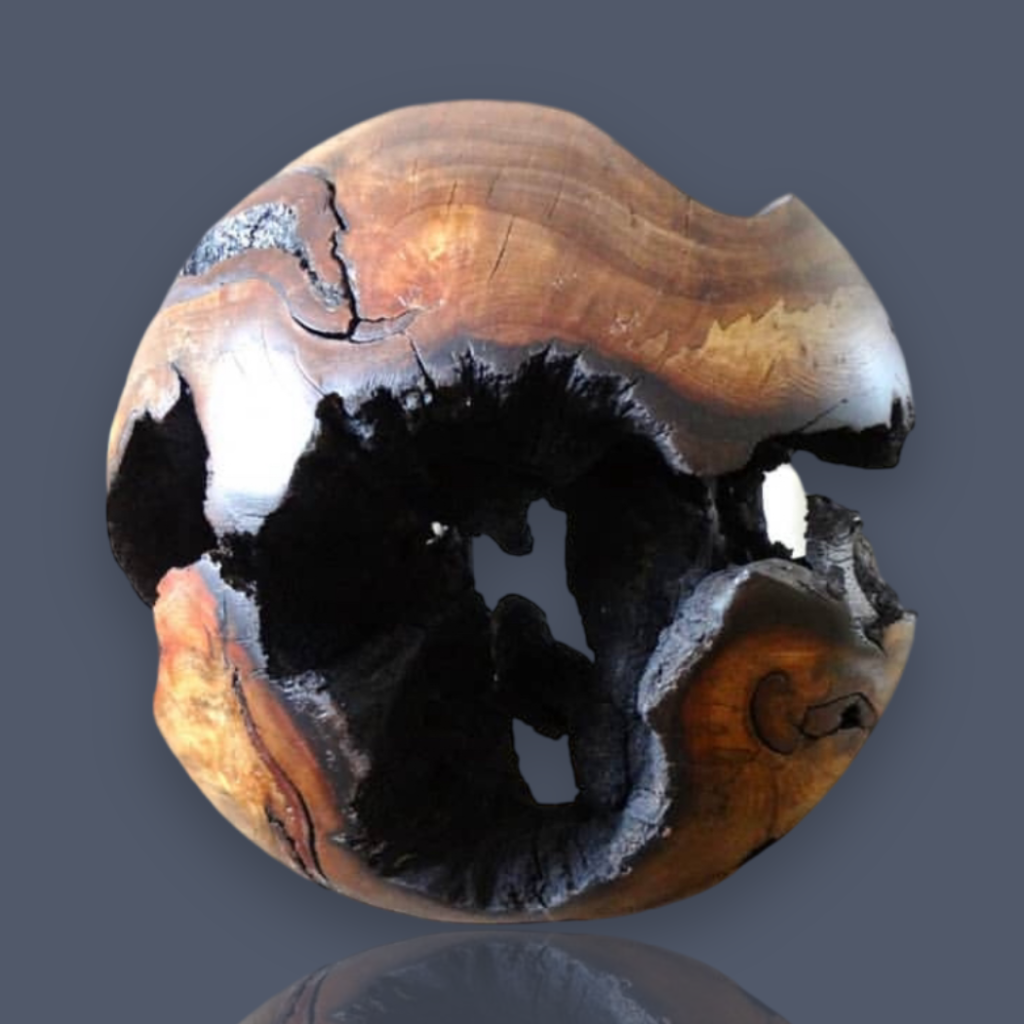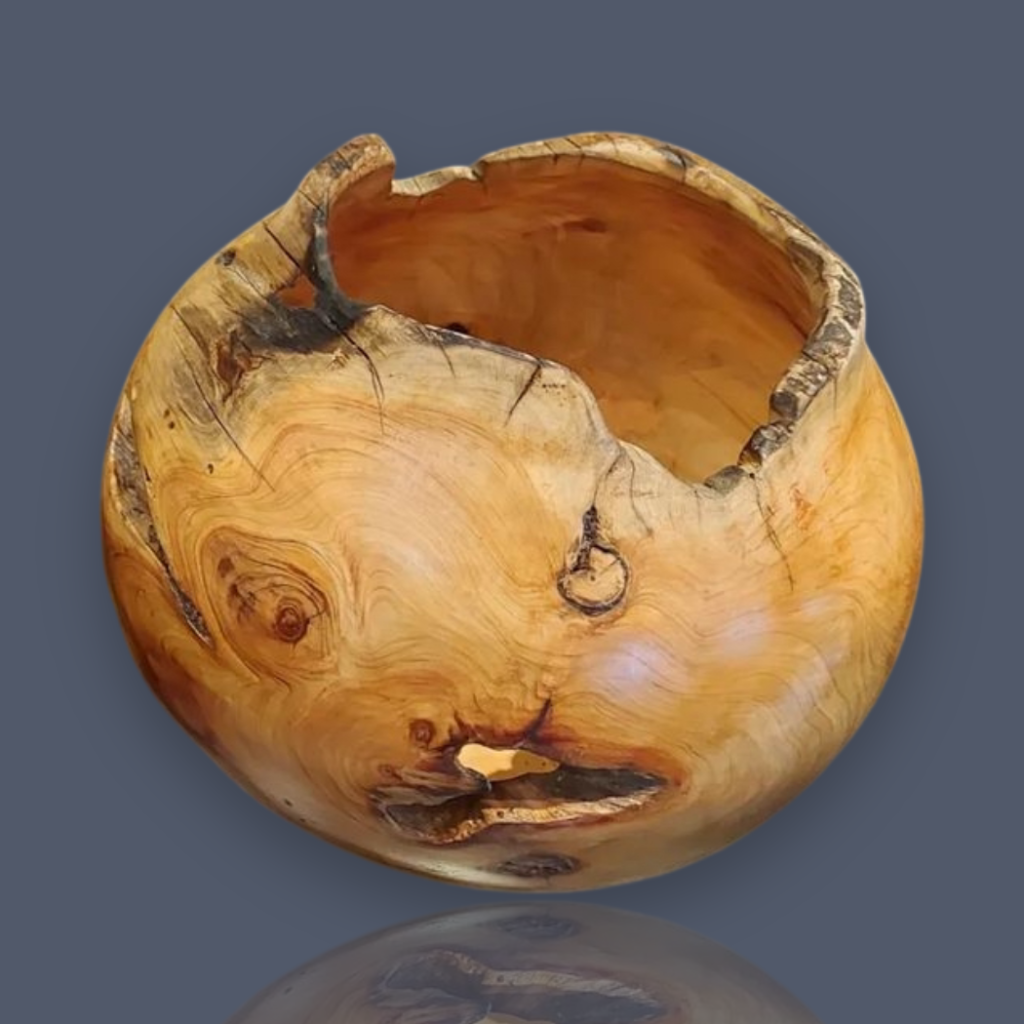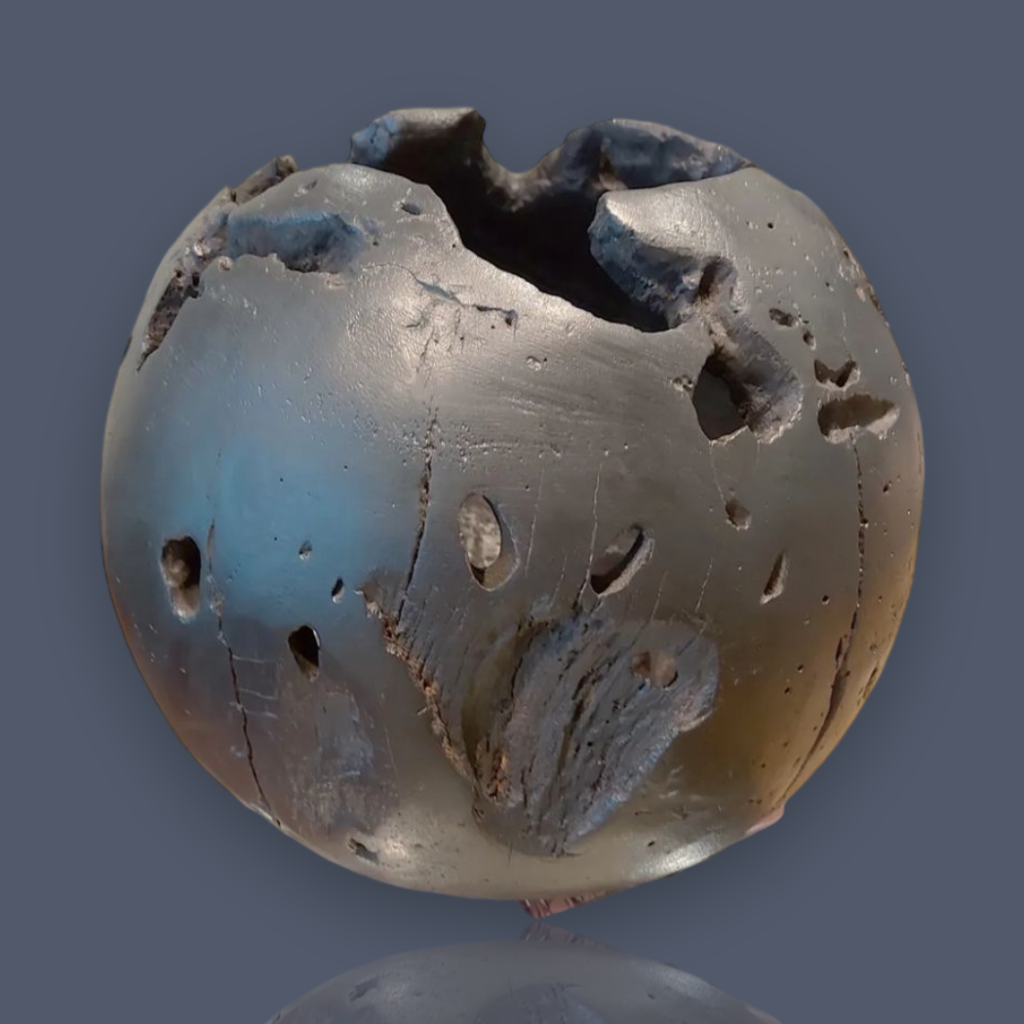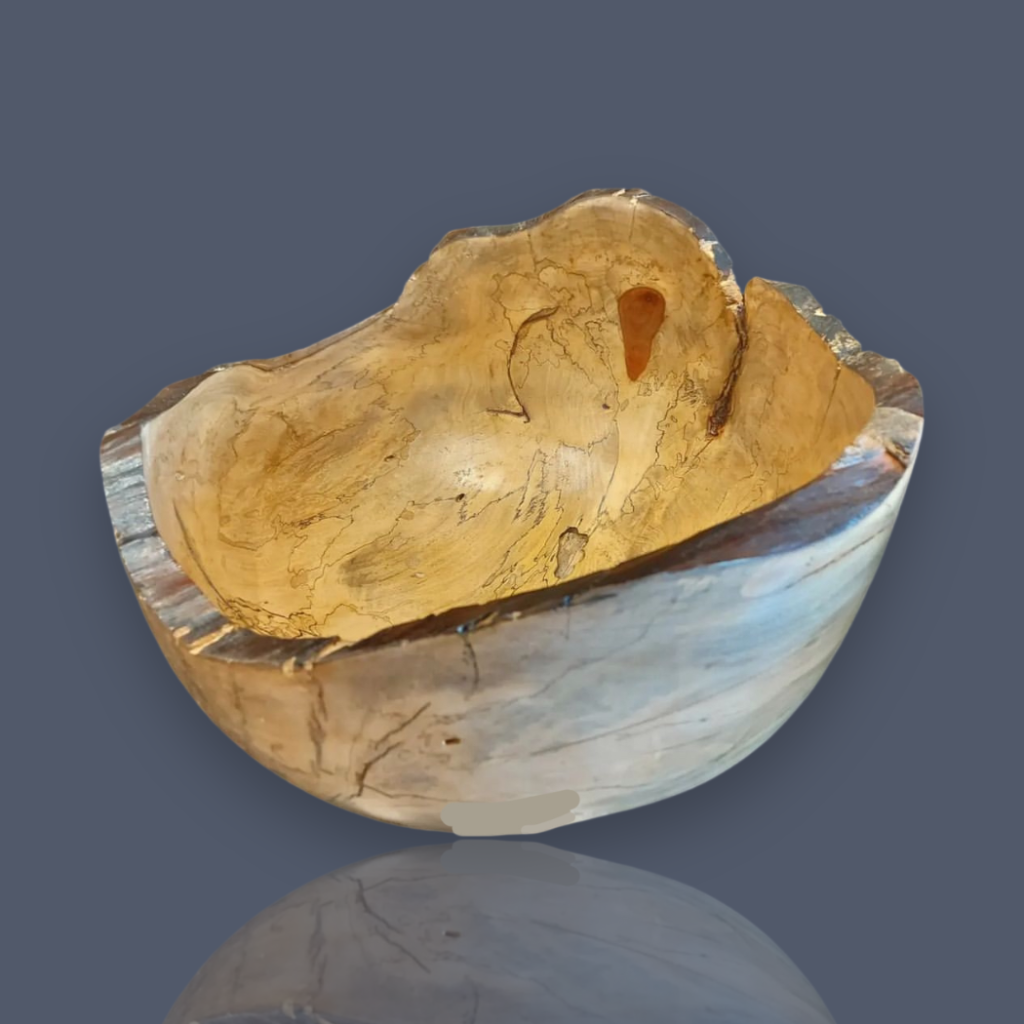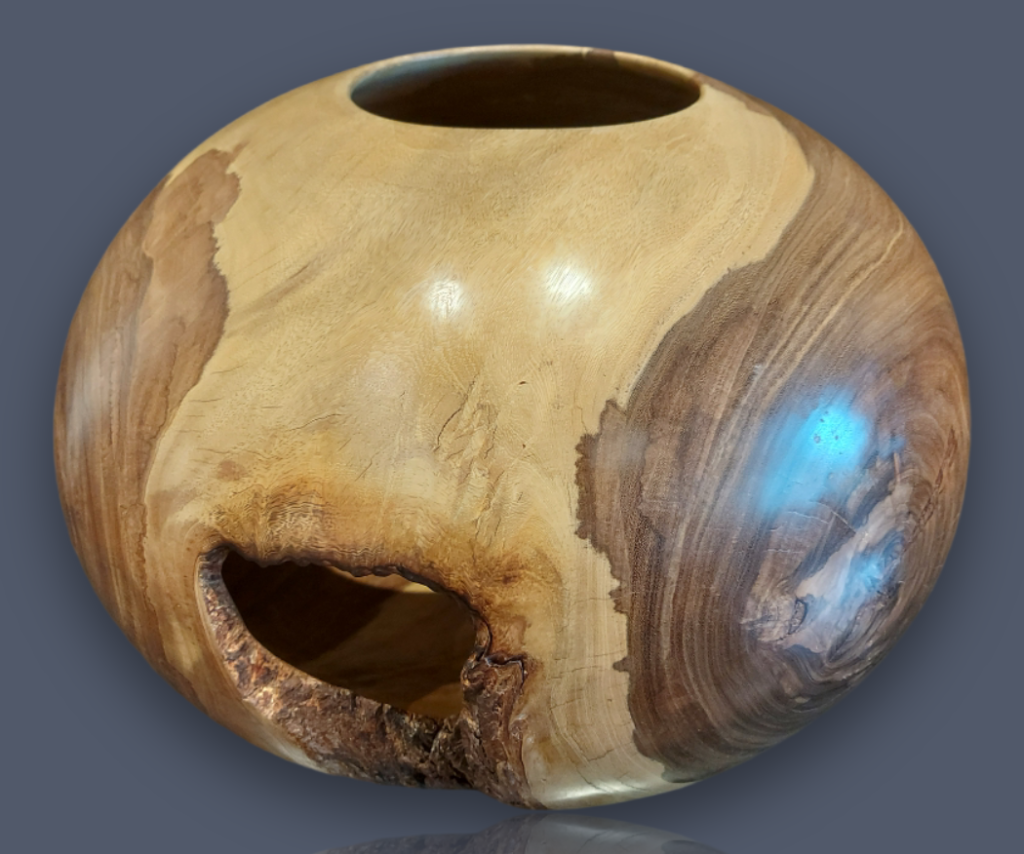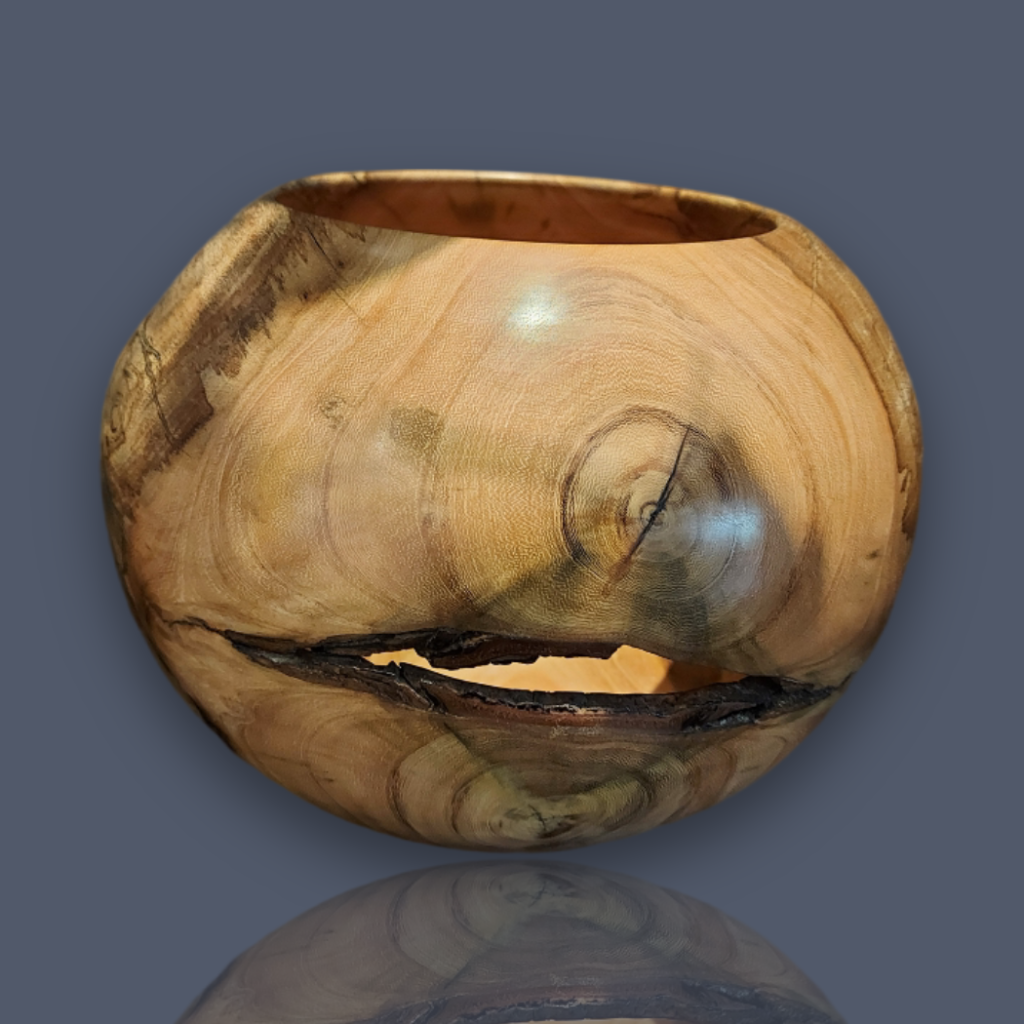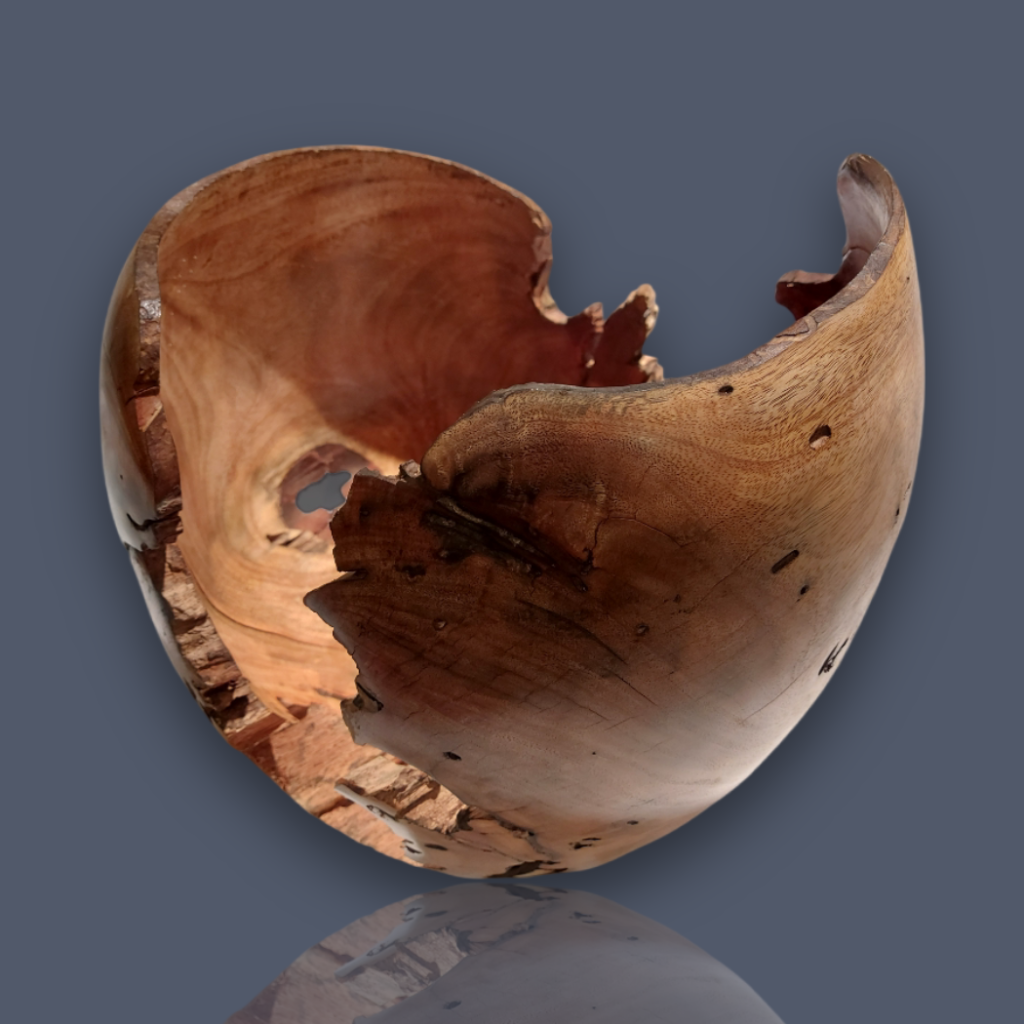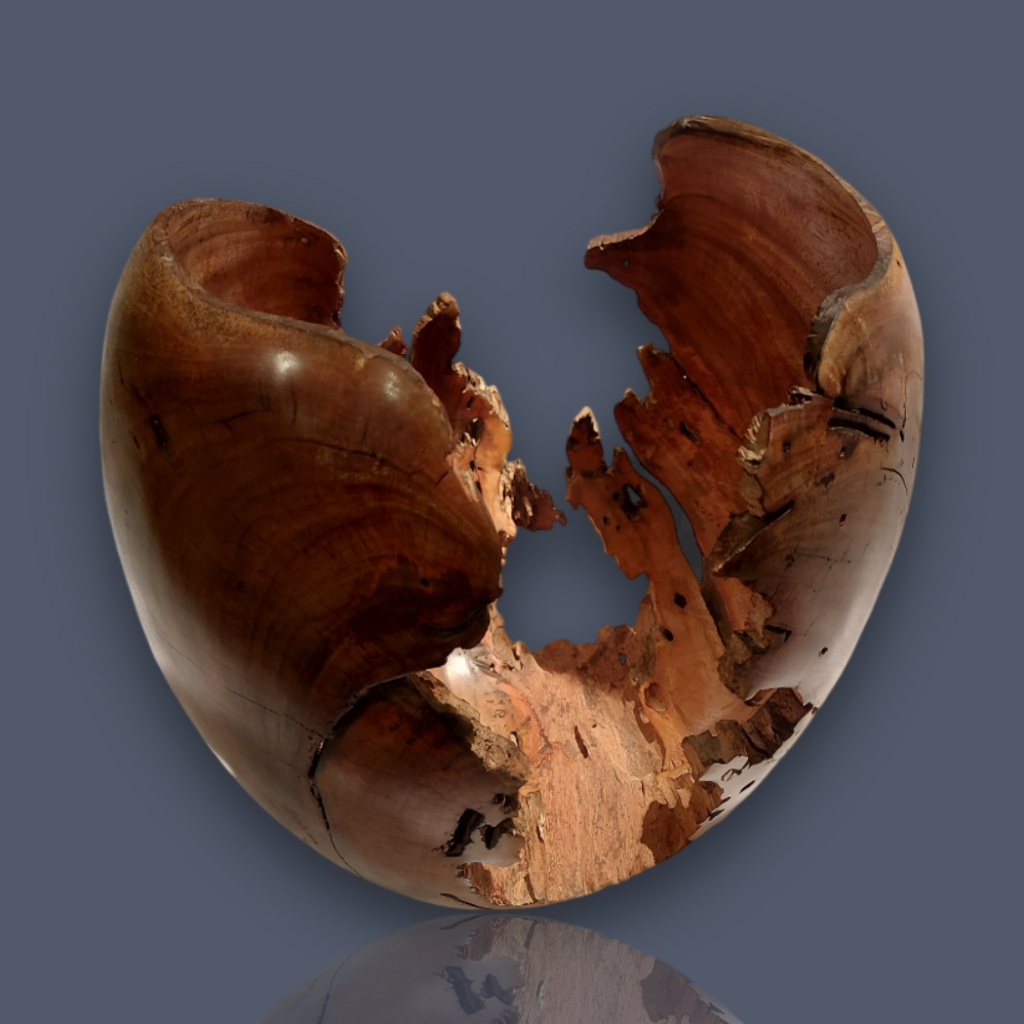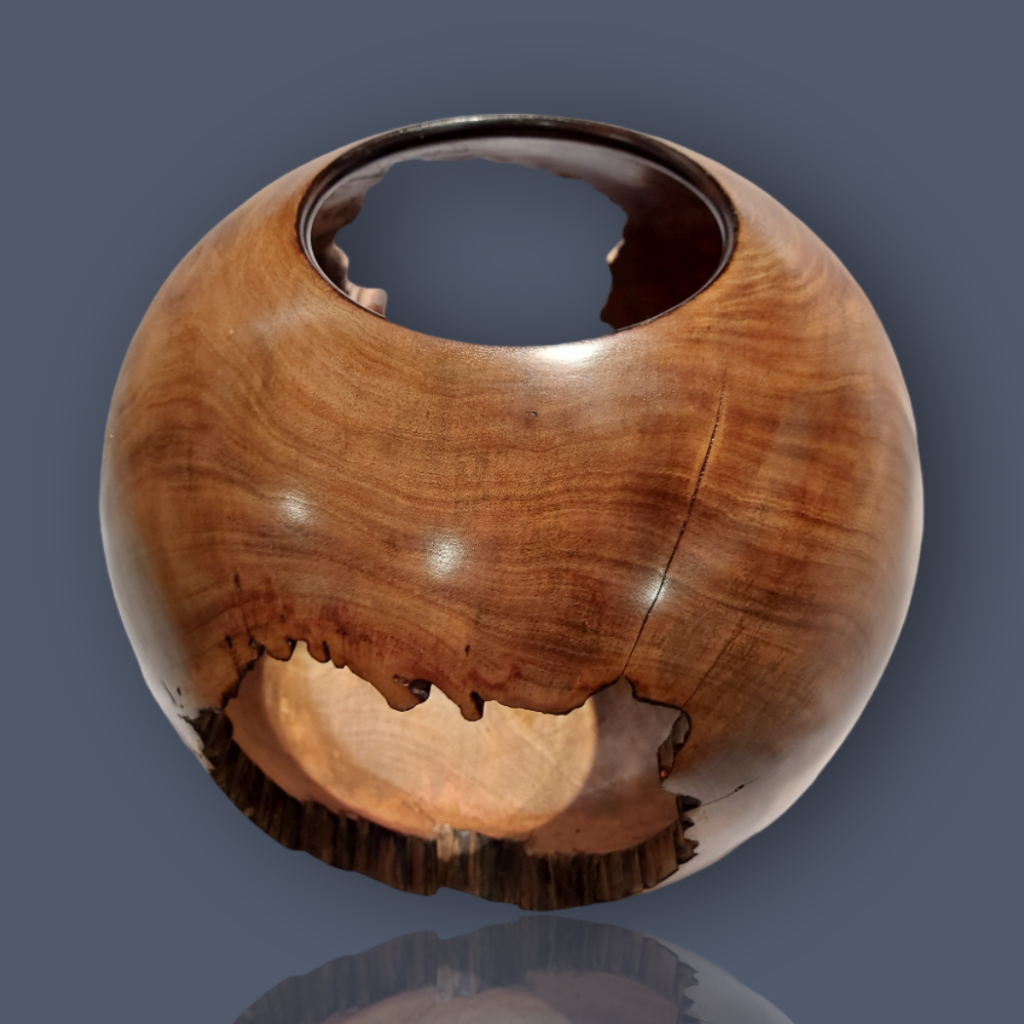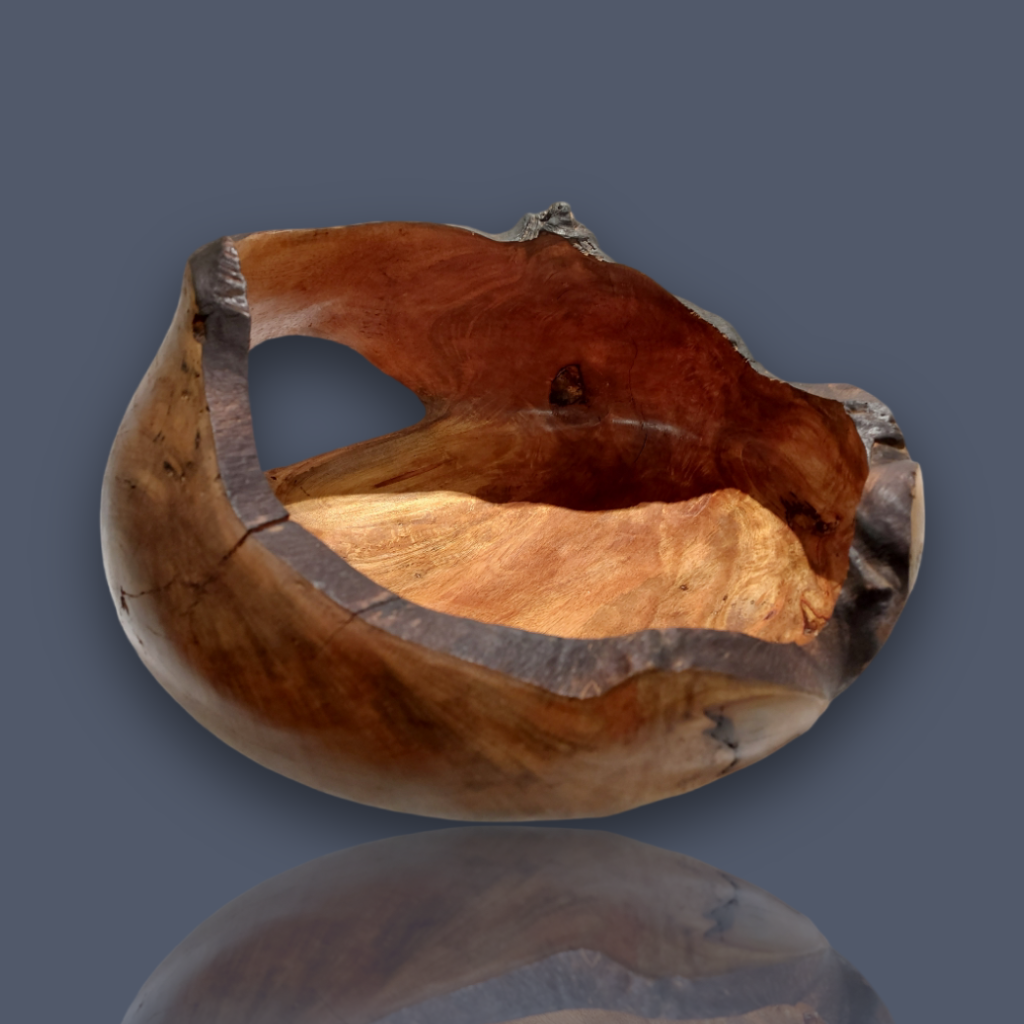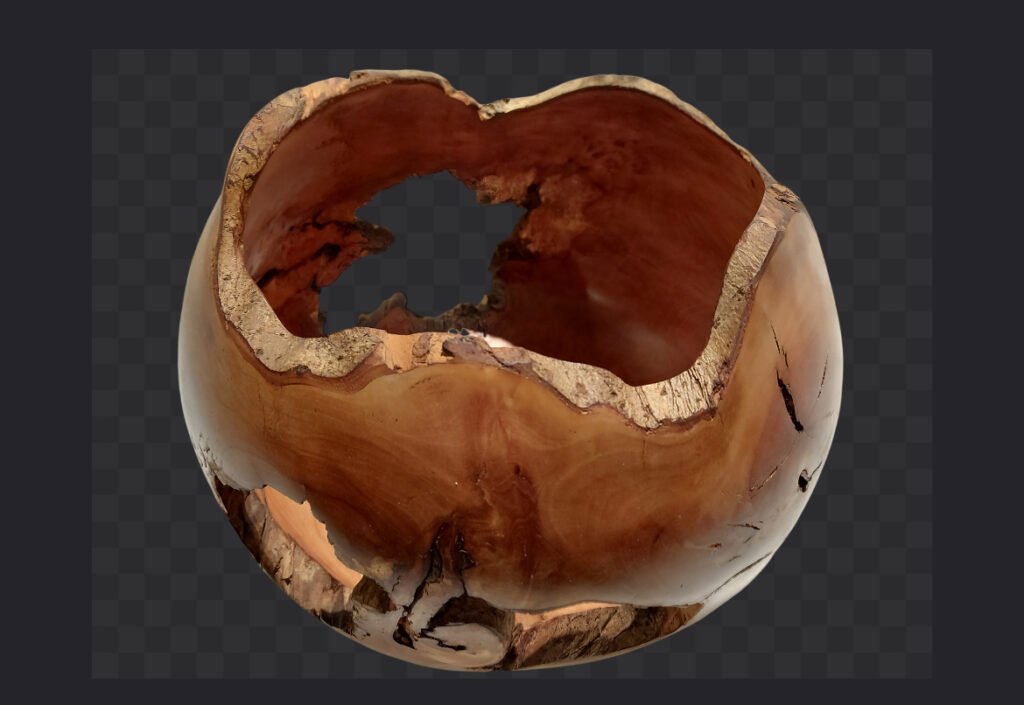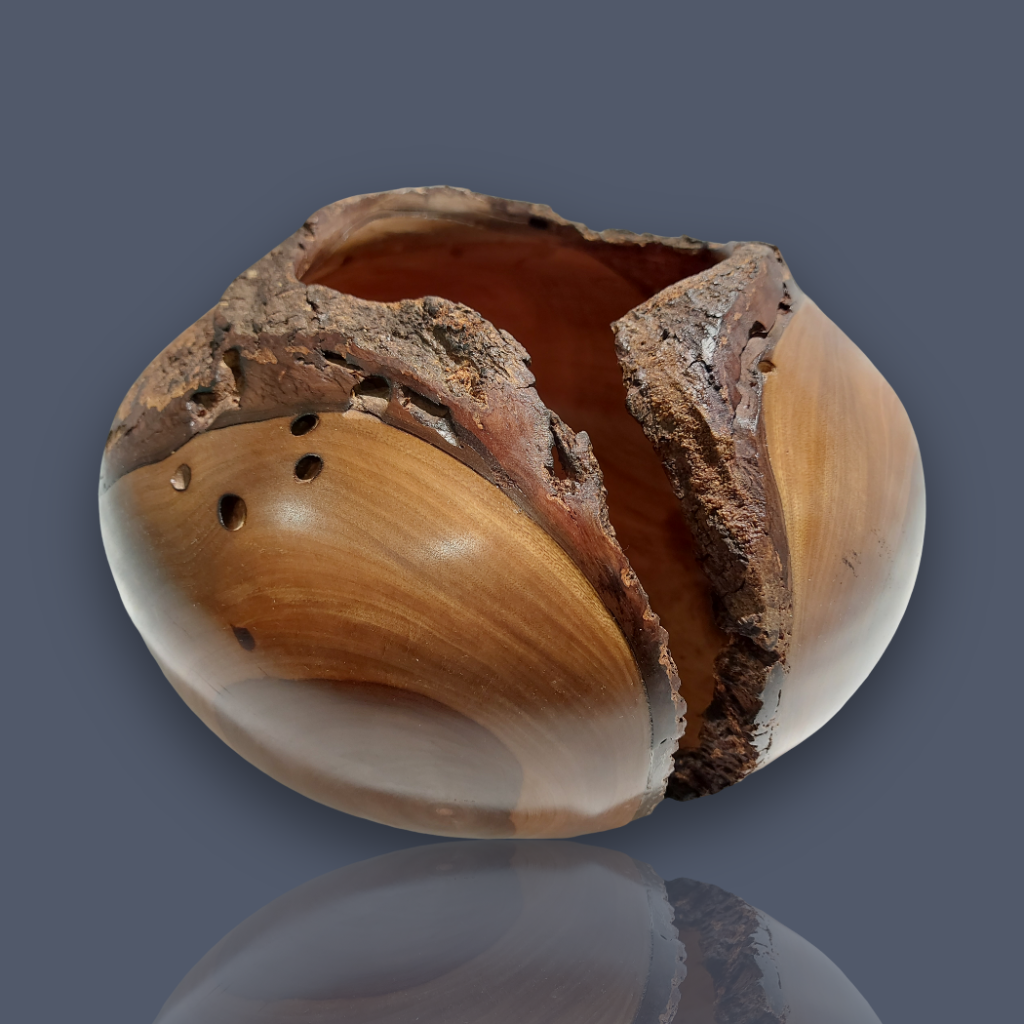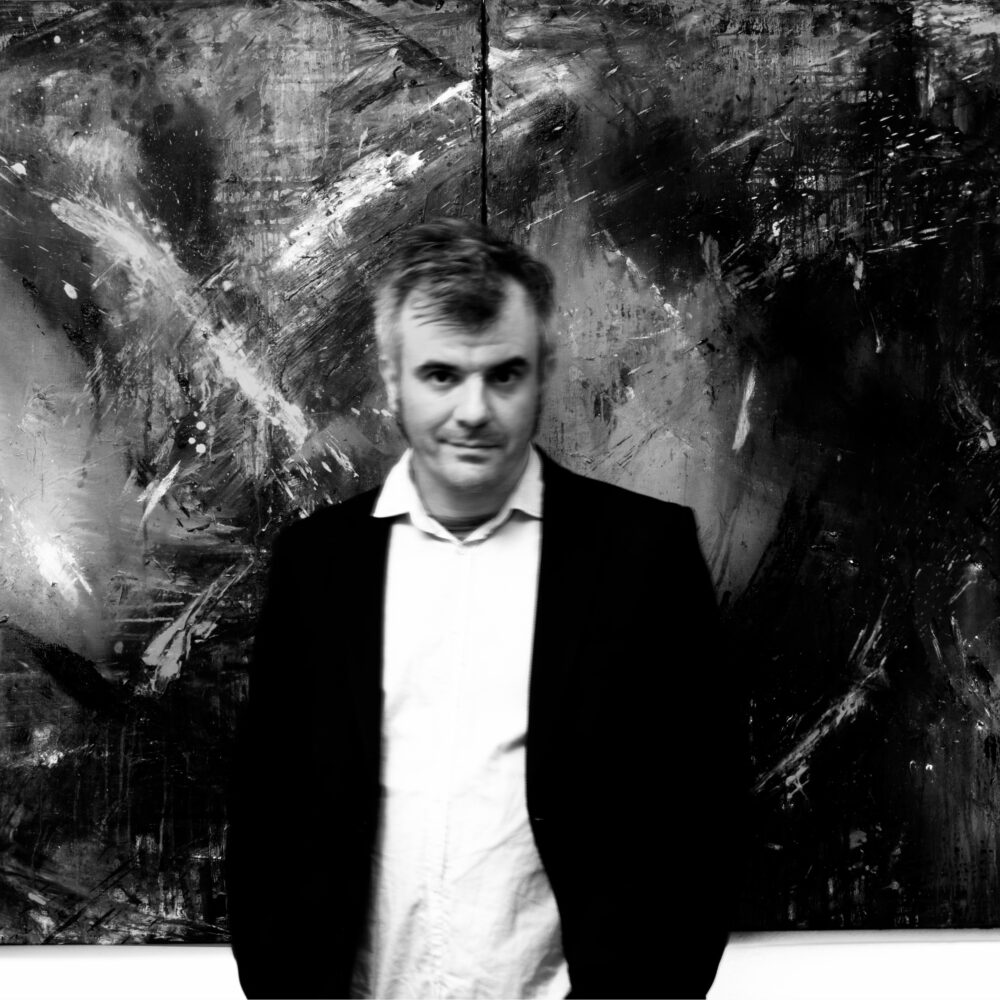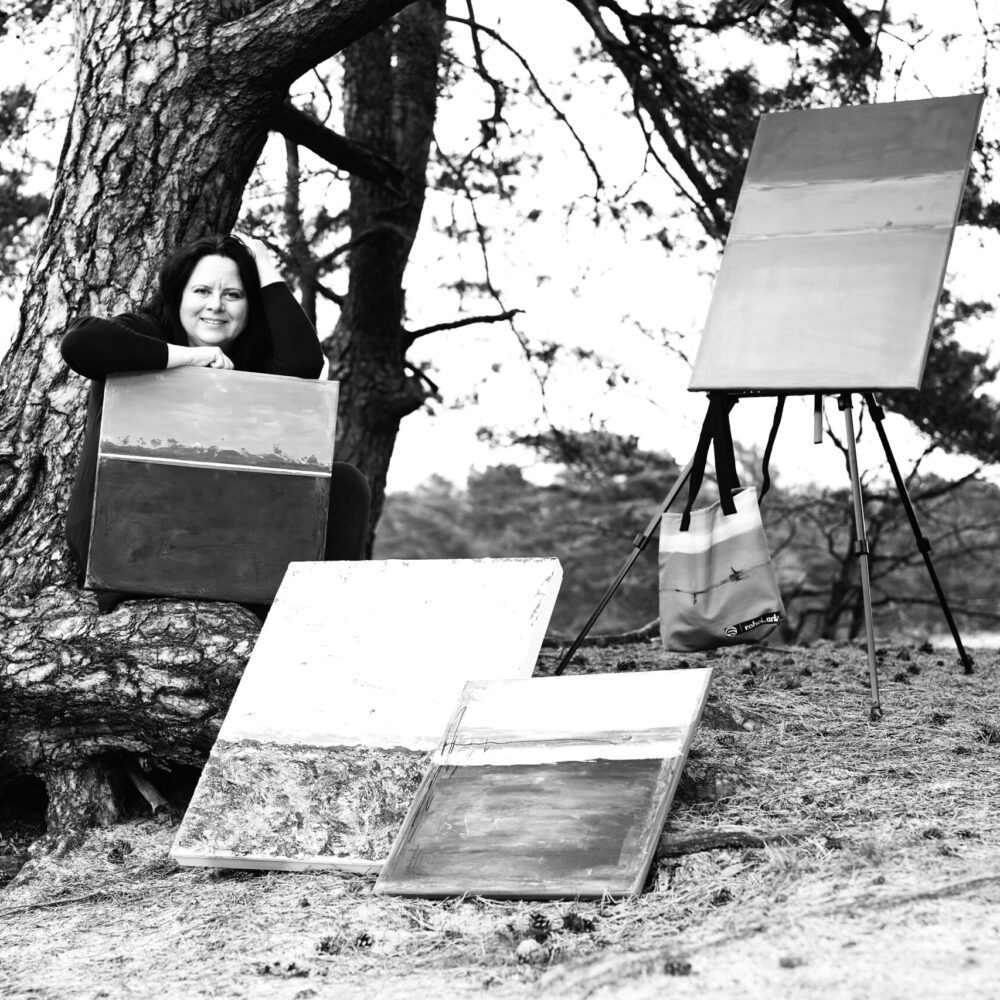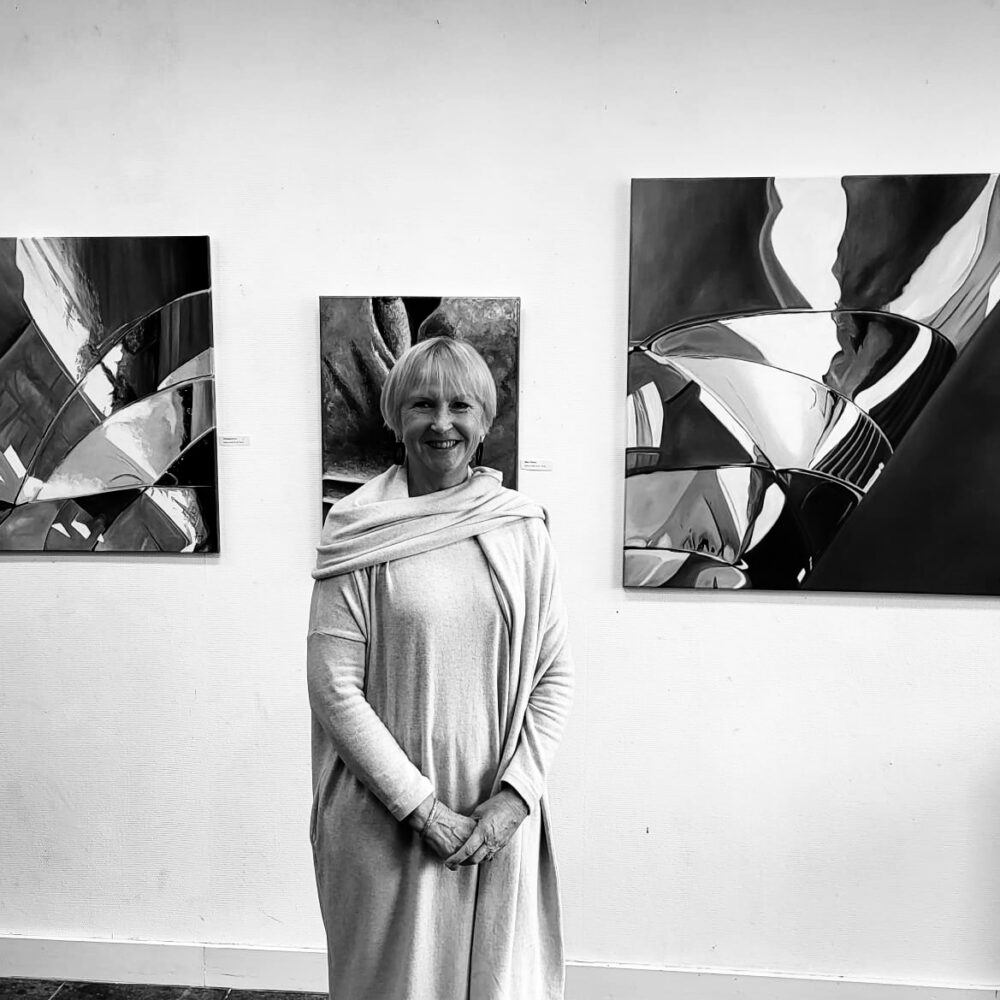Description
Silvio Luz Ferraz, a Brazilian sculptor, embodies the technical precision of an engineer, the spirit of an artist, and the heart of a nature lover. His transformative experience in Chicago, where he explored the cityscape shaped by Frank Lloyd Wright’s distinctive Prairie Style—a style established in 1893 that reflects a deep connection between structures and the surrounding landscape—ignited a new source of inspiration within him. Luz Ferraz’s deep admiration for Wright’s seamless integration of nature and art profoundly influenced his creative direction and craft. Similarly to Wright, whose style was characterized by the philosophy of organic architecture and emphasized the harmony between human-made buildings and the natural environment, Luz Ferraz develops his extraordinary sculptures. He utilizes natural wooden remnants from various species, each piece uniquely shaped with perforations or cavities that create an intriguing visual permeability. He respects the transformative work of nature in his art, allowing changes caused by animal activity, degradation, and integration, resulting in complex, complete artworks that are unique, natural, and inspiring. Each of Ferraz’s works is firmly rooted in the natural characteristics and forms of the material used, an approach known as natural art, highlighting the wood’s inherent beauty and often capitalizing on the irregular properties that occur in nature, such as uneven surfaces, textures, and natural color variations. The surfaces of these sculptures consistently display a variety of textures, ranging from smoothly polished to rough and natural. The forms sometimes recall organic structures and sometimes abstract ones, provoking thought and permitting various interpretations. This vast range demonstrates the artist’s gift for constant reinvention and invites contemplation. The style also bears a resemblance to modernism, particularly in its abstract forms that allow for free interpretation and encourage viewers to consider the works from different perspectives. The irregularities and indentations are also emblematic of the Wabi-Sabi concept, a Japanese aesthetic that values the beauty of imperfection, transience, and incompleteness. Luz Ferraz presents his artworks as an opportunity for us to experience this transformation, inviting us to share in this journey with nature.


